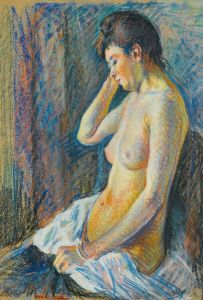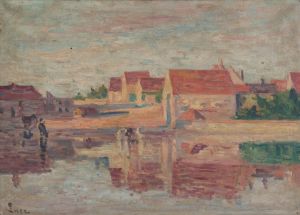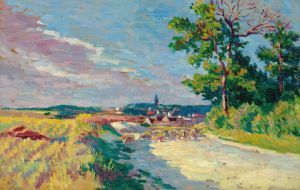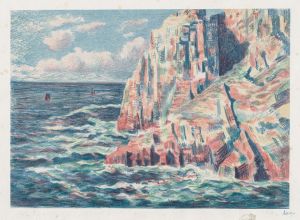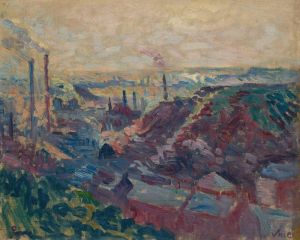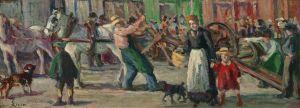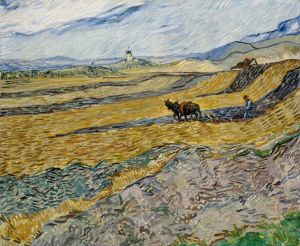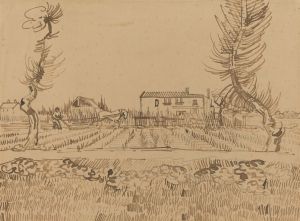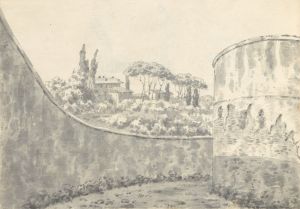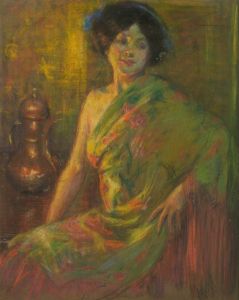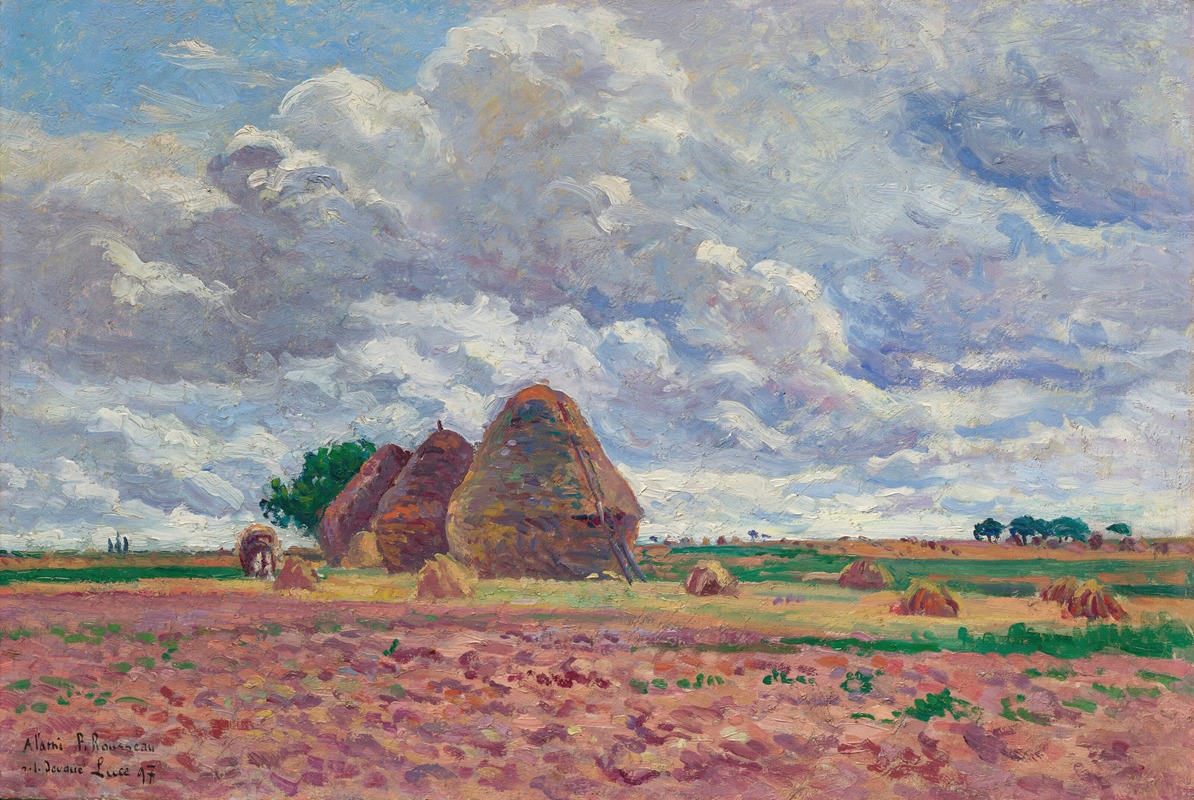
Éragny, Les Meules
A hand-painted replica of Maximilien Luce’s masterpiece Éragny, Les Meules, meticulously crafted by professional artists to capture the true essence of the original. Each piece is created with museum-quality canvas and rare mineral pigments, carefully painted by experienced artists with delicate brushstrokes and rich, layered colors to perfectly recreate the texture of the original artwork. Unlike machine-printed reproductions, this hand-painted version brings the painting to life, infused with the artist’s emotions and skill in every stroke. Whether for personal collection or home decoration, it instantly elevates the artistic atmosphere of any space.
Maximilien Luce was a prominent French Neo-Impressionist artist known for his paintings, illustrations, and engravings. Born in Paris in 1858, Luce became associated with the Neo-Impressionist movement, which was characterized by its use of pointillism—a technique involving the application of small, distinct dots of color to form an image. This movement was pioneered by artists such as Georges Seurat and Paul Signac, with whom Luce was closely associated.
One of Luce's notable works is "Éragny, Les Meules," which translates to "Éragny, The Haystacks." This painting is part of Luce's broader body of work that often depicted rural and urban scenes with a focus on light and color. The painting captures the serene and pastoral landscape of Éragny, a village in the Île-de-France region, which was also famously depicted by Camille Pissarro, another leading figure of the Impressionist and Neo-Impressionist movements.
"Éragny, Les Meules" exemplifies Luce's skillful use of the pointillist technique. In this painting, Luce employs small, vibrant dots of color to create a luminous effect, capturing the essence of the natural light and atmosphere of the countryside. The haystacks, a common motif in Impressionist and Post-Impressionist art, are depicted with a sense of volume and texture, achieved through the meticulous application of color dots. This technique not only adds a dynamic quality to the painting but also invites viewers to engage with the work from different distances, revealing the intricate interplay of colors.
Luce's choice of subject matter in "Éragny, Les Meules" reflects his interest in the everyday life and labor of rural communities. The haystacks symbolize the agricultural practices and the cyclical nature of rural life, themes that were prevalent in the works of many artists of the time who sought to capture the changing landscapes of France during the late 19th and early 20th centuries.
Throughout his career, Luce remained committed to the ideals of Neo-Impressionism, focusing on the scientific study of color and light. His works often conveyed a sense of harmony and tranquility, achieved through his precise and methodical approach to painting. "Éragny, Les Meules" is a testament to Luce's dedication to this artistic movement and his ability to convey the beauty of the natural world through his unique style.
Maximilien Luce's contributions to the Neo-Impressionist movement have been recognized for their technical innovation and aesthetic appeal. His works, including "Éragny, Les Meules," continue to be appreciated for their vibrant use of color and their ability to capture the ephemeral qualities of light and atmosphere. Today, Luce's paintings are held in various public and private collections, where they continue to be studied and admired by art enthusiasts and scholars alike.






